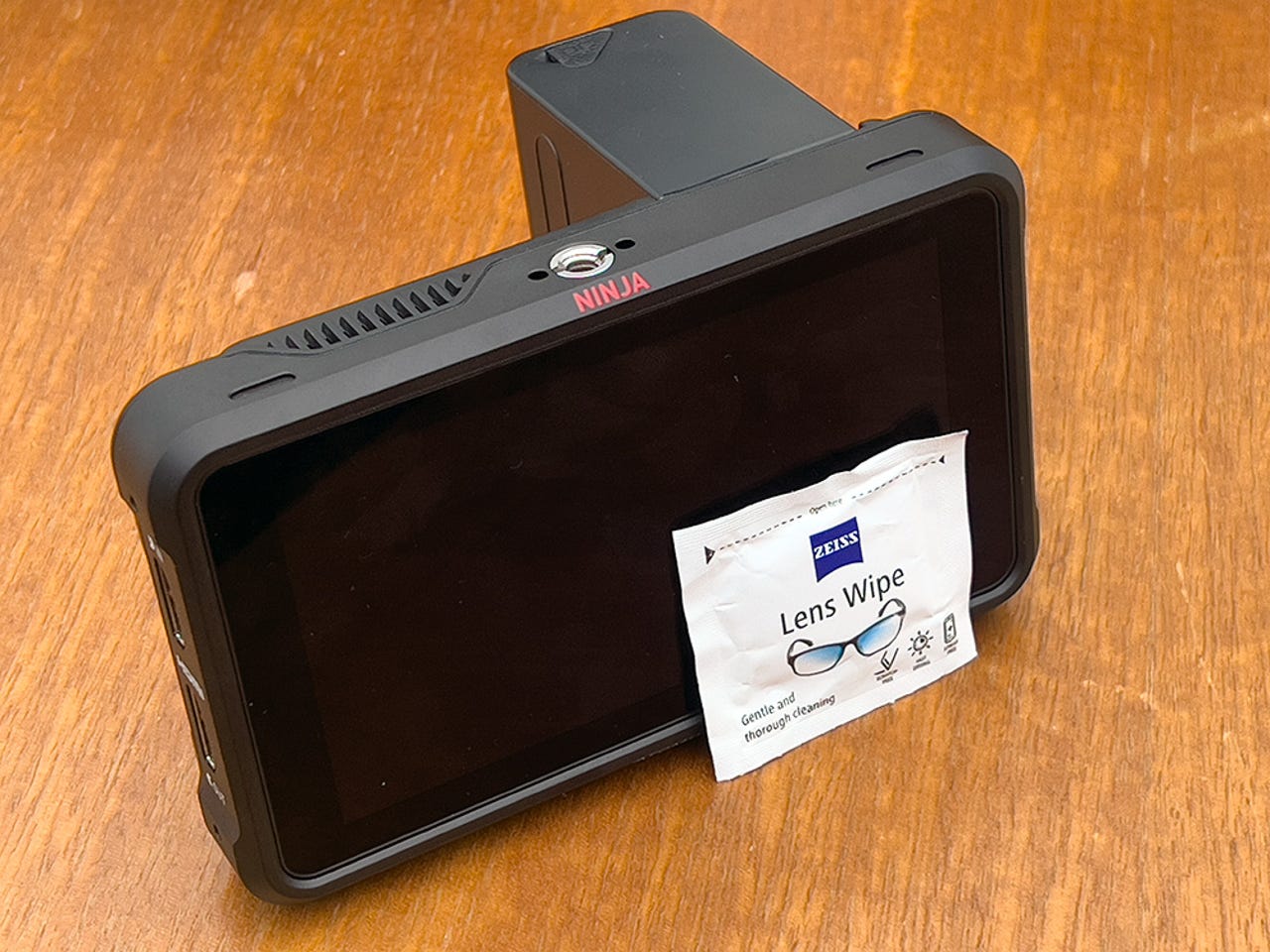'ZDNET Recommends': What exactly does it mean?
ZDNET's recommendations are based on many hours of testing, research, and comparison shopping. We gather data from the best available sources, including vendor and retailer listings as well as other relevant and independent reviews sites. And we pore over customer reviews to find out what matters to real people who already own and use the products and services we’re assessing.
When you click through from our site to a retailer and buy a product or service, we may earn affiliate commissions. This helps support our work, but does not affect what we cover or how, and it does not affect the price you pay. Neither ZDNET nor the author are compensated for these independent reviews. Indeed, we follow strict guidelines that ensure our editorial content is never influenced by advertisers.
ZDNET's editorial team writes on behalf of you, our reader. Our goal is to deliver the most accurate information and the most knowledgeable advice possible in order to help you make smarter buying decisions on tech gear and a wide array of products and services. Our editors thoroughly review and fact-check every article to ensure that our content meets the highest standards. If we have made an error or published misleading information, we will correct or clarify the article. If you see inaccuracies in our content, please report the mistake via this form.
This screen cleaning mistake could cost you hundreds of dollars


Getting ready to clean the display on my Atomos Ninja V field monitor
Screens, especially touchscreens, collect a lot of dirt, grease and hair. This means that periodic cleaning is something we all have to and should do.
Now, plenty of people get away with wiping a smartphone screen against their t-shirt or pants or using a sleeve to clean a laptop display, but this is not the best way and can itself damage the display.
Do a quick search on the internet, and you'll find that isopropyl alcohol is the weapon of choice in cleaning displays. This is true, but if used incorrectly, this chemical can also damage the display.
And not just damage it in a small way, but totally ruin the display.
Note: Use the 70% isopropyl alcohol. The higher concentrations might be too harsh.
The big DON'T of using isopropyl alcohol is this -- don't pour or even spray isopropyl alcohol on your display. If you put too much isopropyl alcohol on a screen, damage can occur in two ways:
- The isopropyl alcohol can seep between the layers of the display, completely ruining it and requiring the device to have a replacement screen fitted
- The isopropyl alcohol can leach into the seals and damage the adhesive holding the display in place and compromise the waterproofing
The safest way to use isopropyl alcohol is to lightly spray it onto a soft, lint-free cloth (not a harsh cloth, or something like a paper towel as these can damage the finish of the display), and then use the moistened cloth to clean the display.
Alternatively, you can use screen cleaning or lens cleaning wipes (I use the Zeiss pre-moistened lens cleaning wipes). Here you're guaranteed that the cloth is soft and correctly pre-moistened.
With the device turned off, apply gentle pressure, and clean slowly and carefully. Take your time.
Apple has, naturally, published detailed information on safely cleaning a whole range of products, from notebooks to tablets to smartphones. While this is aimed at Apple users, the information applies to other brands too.